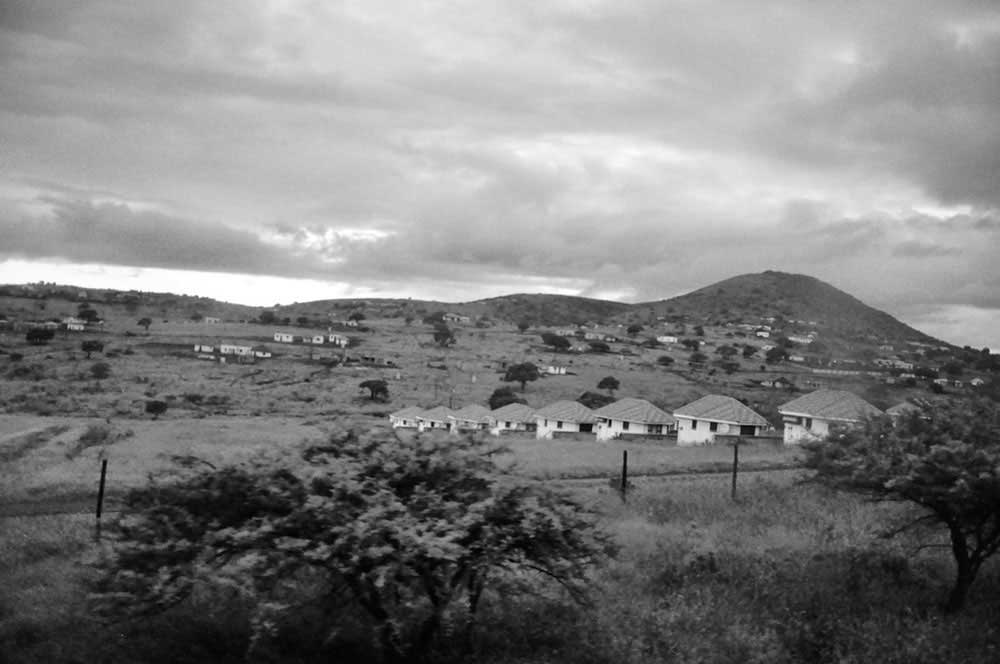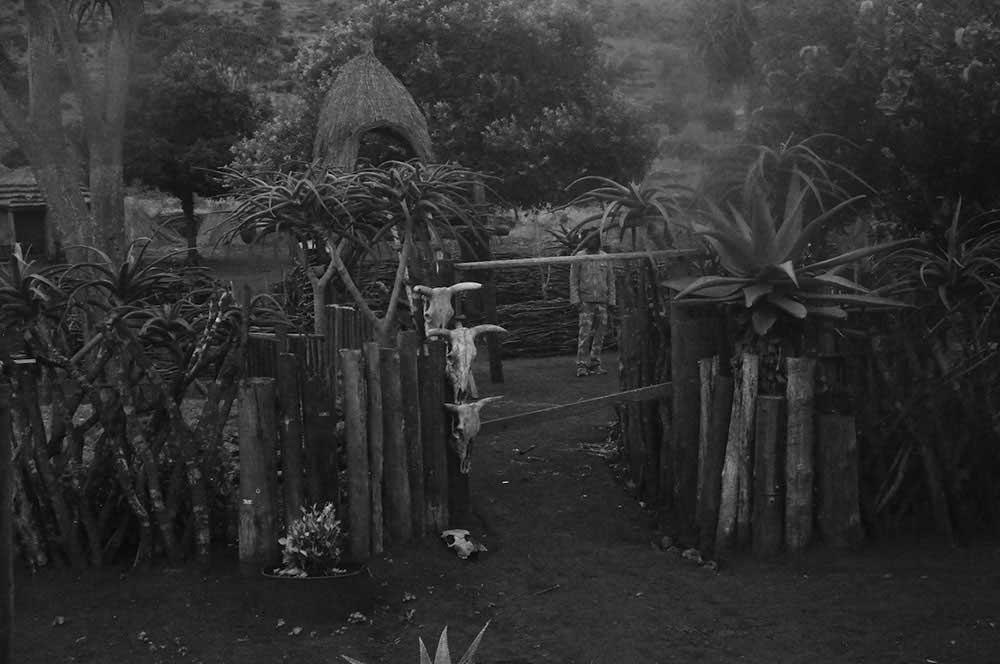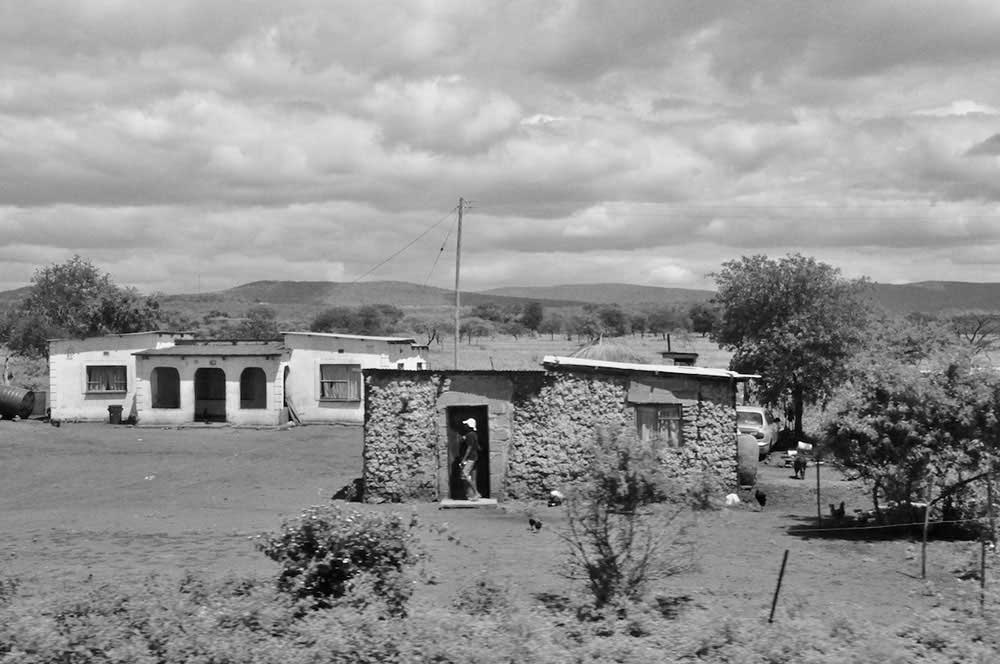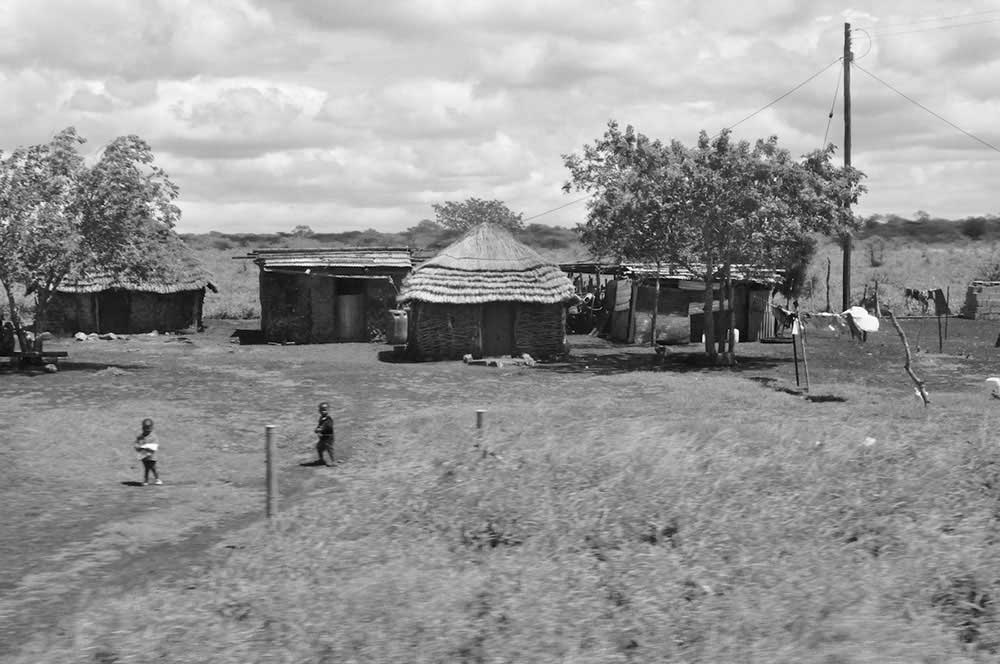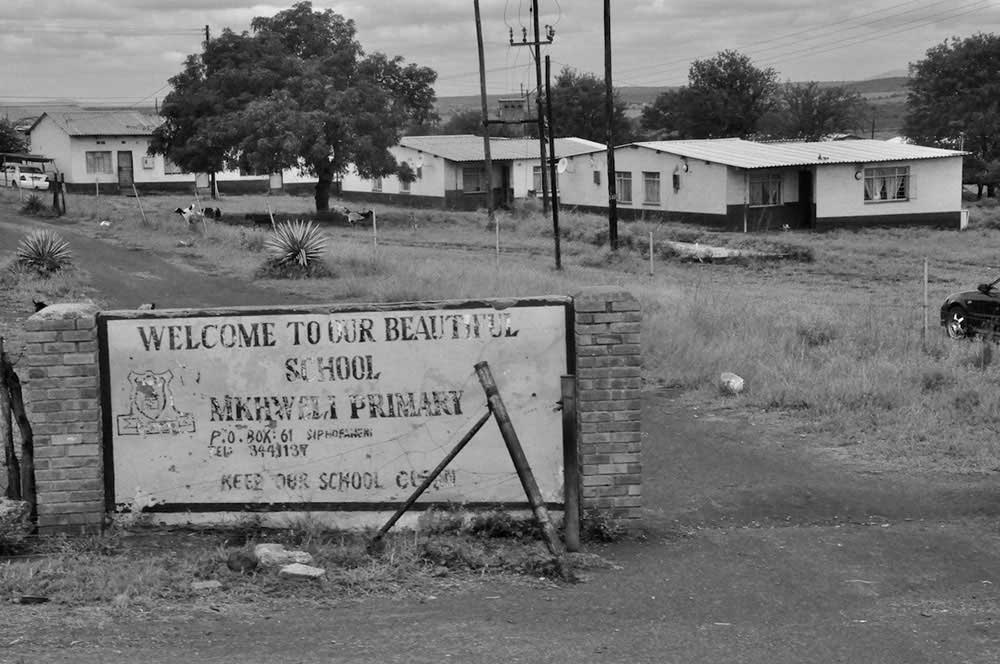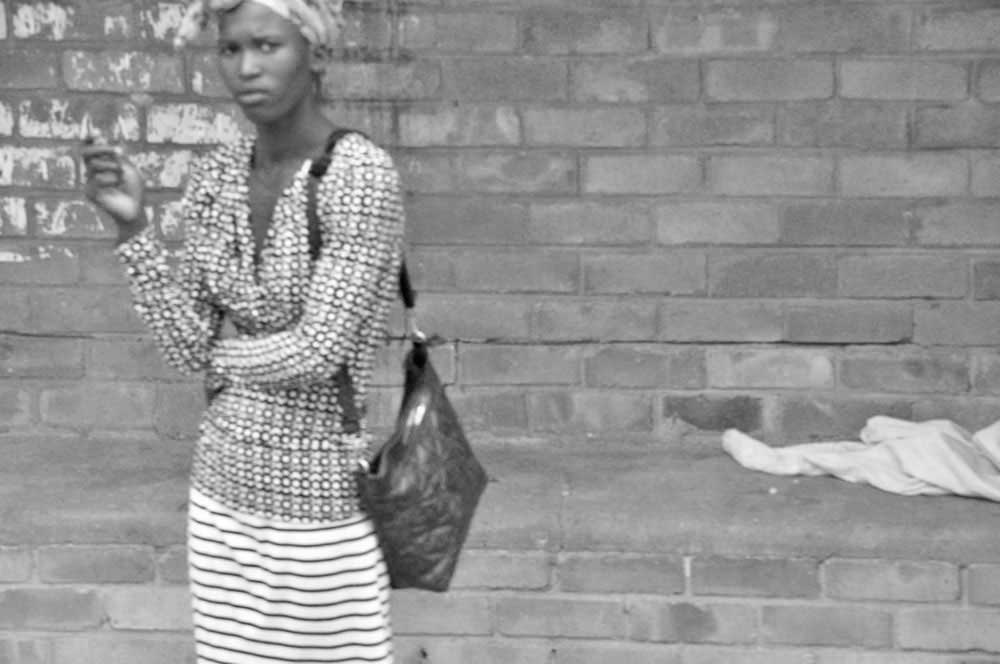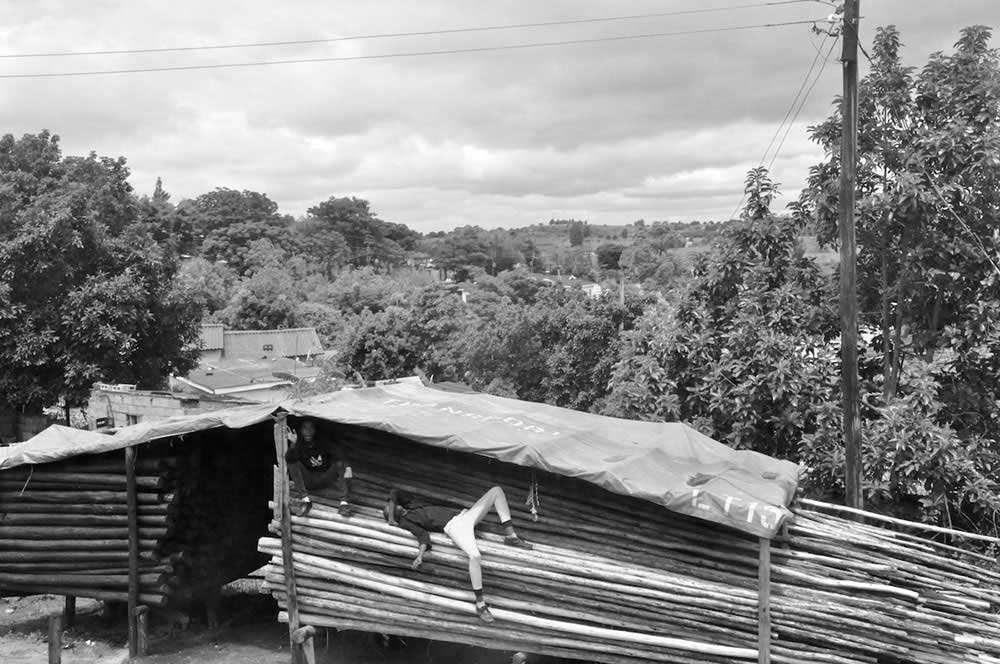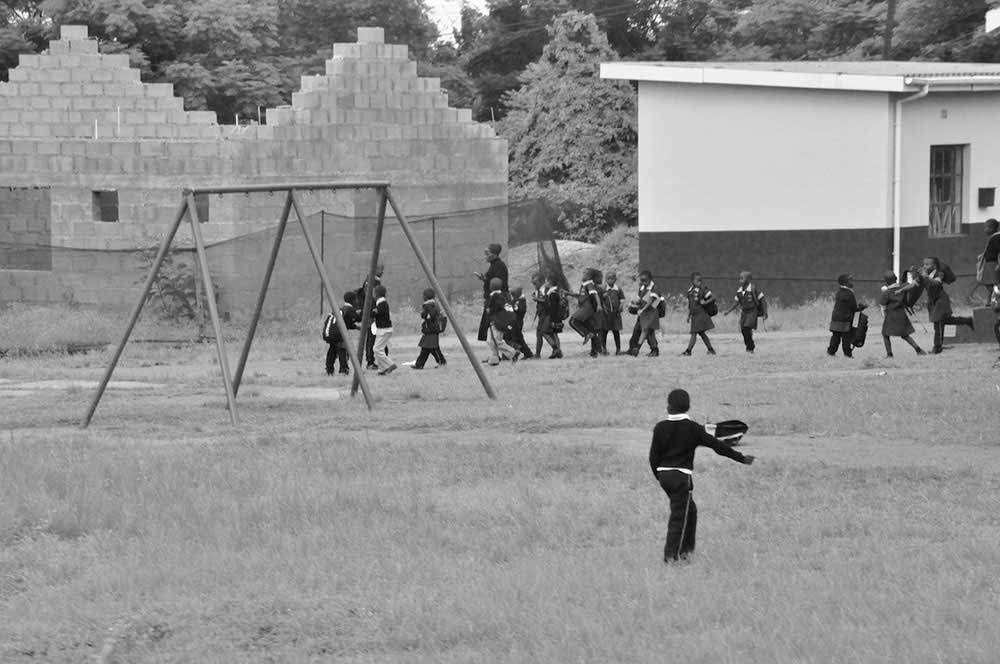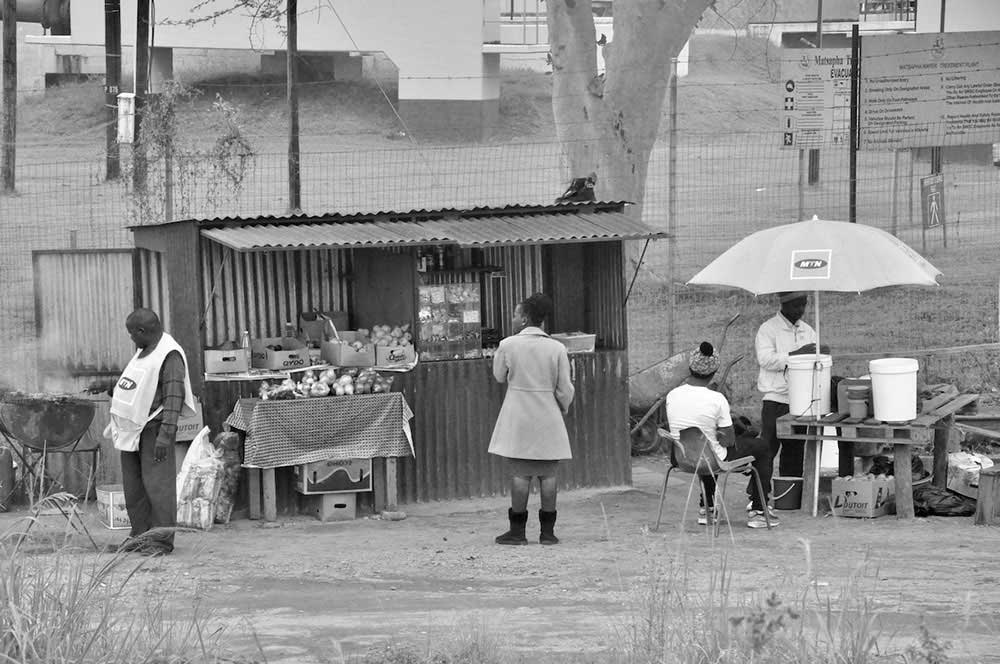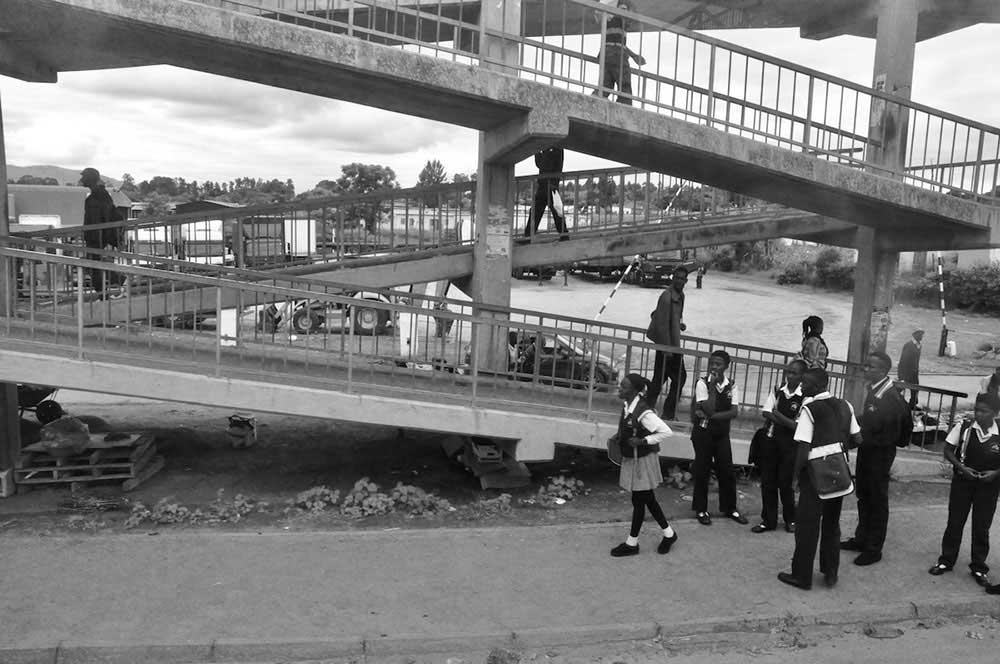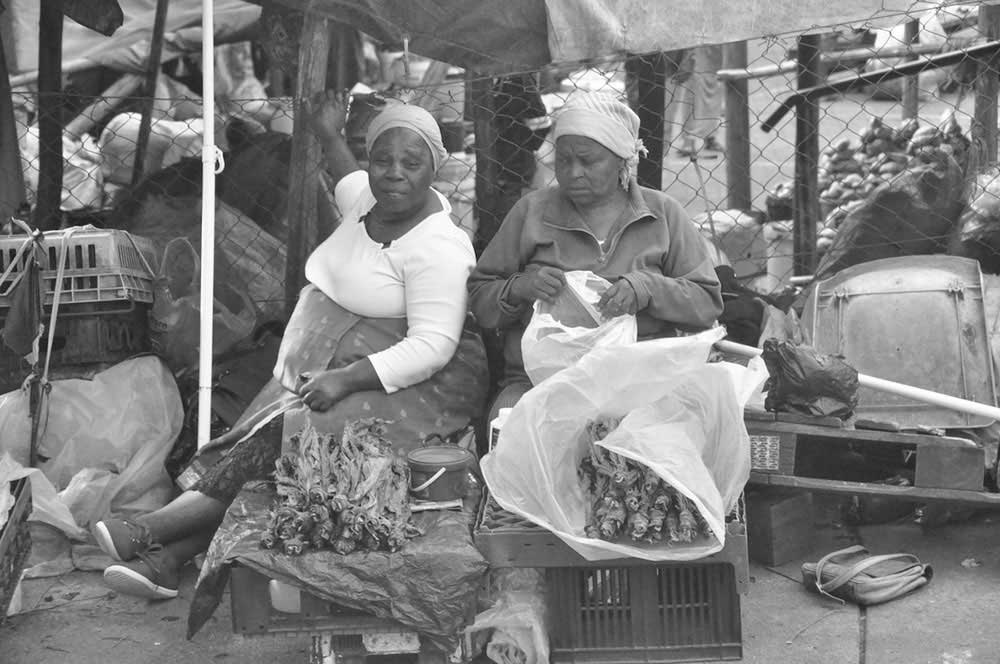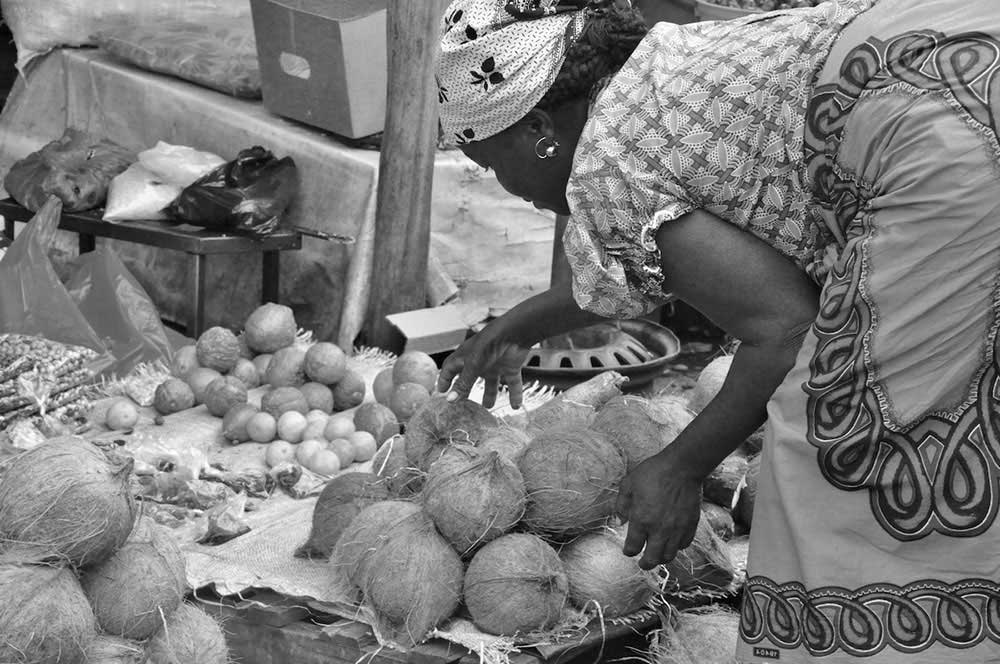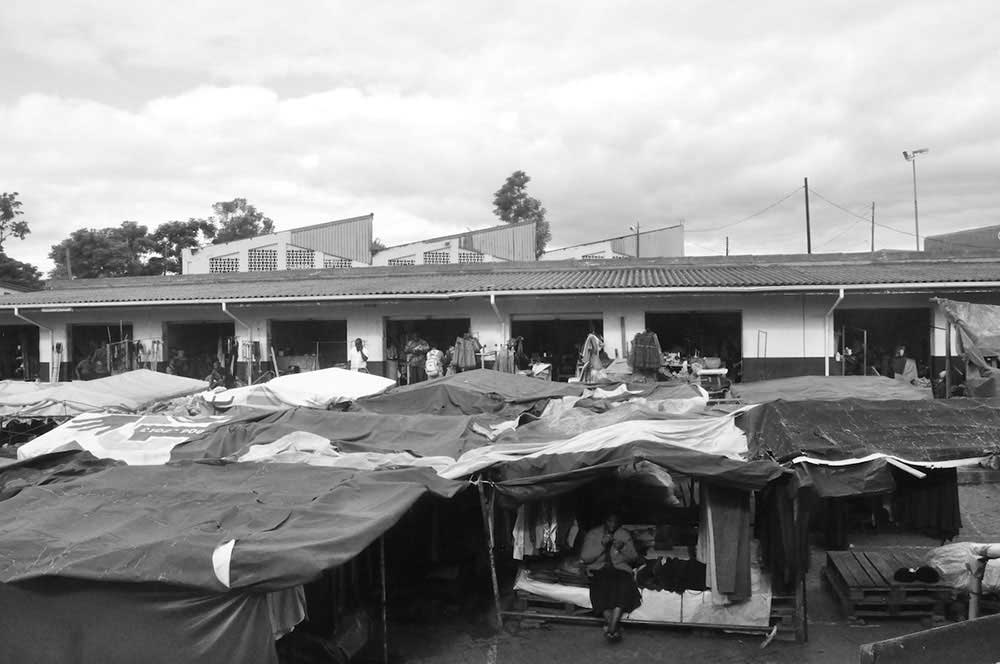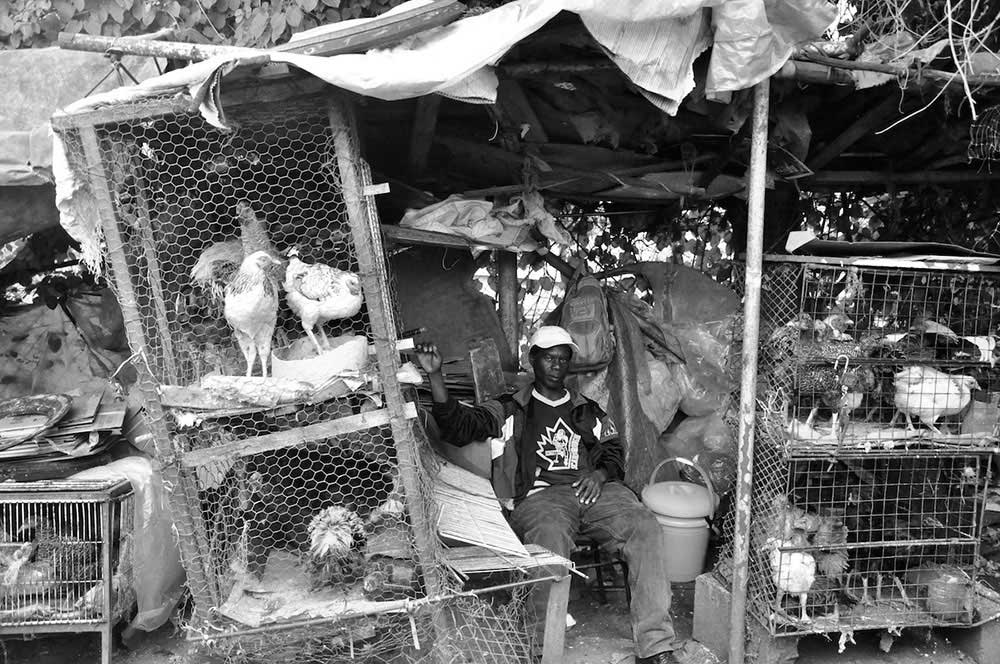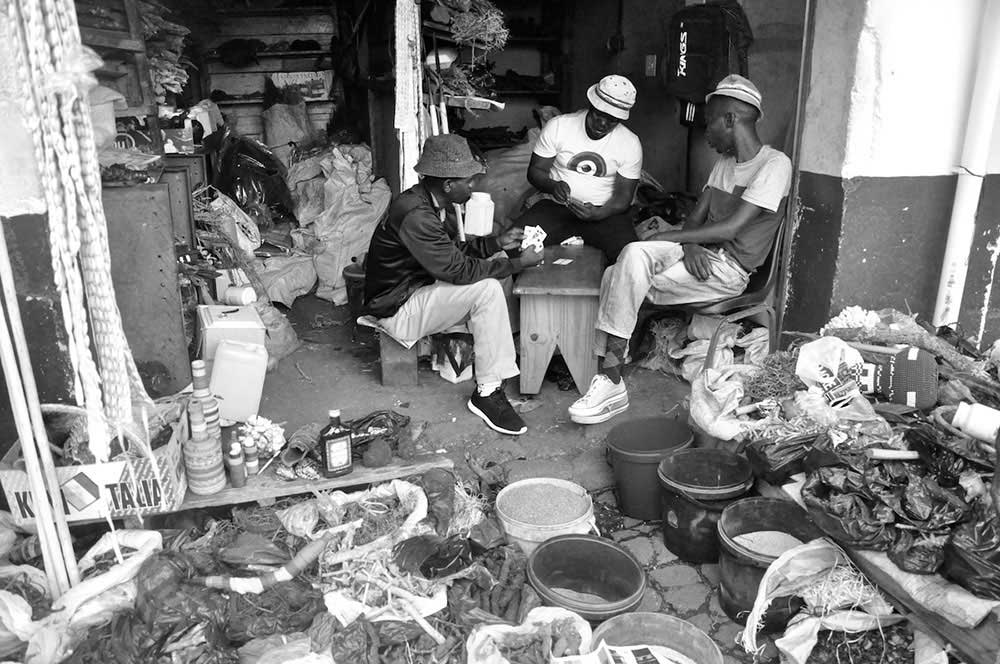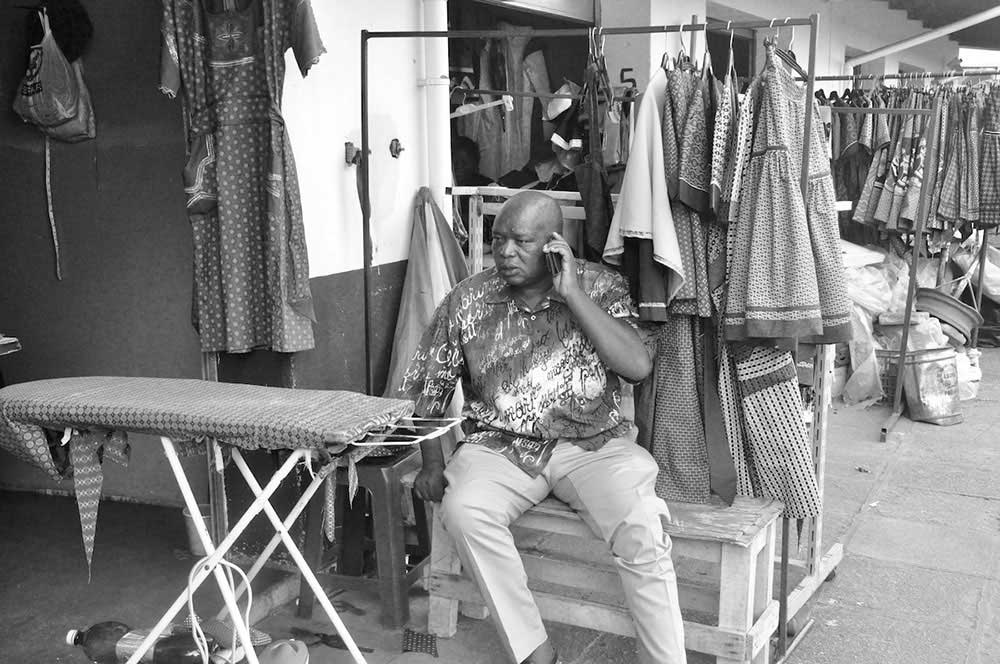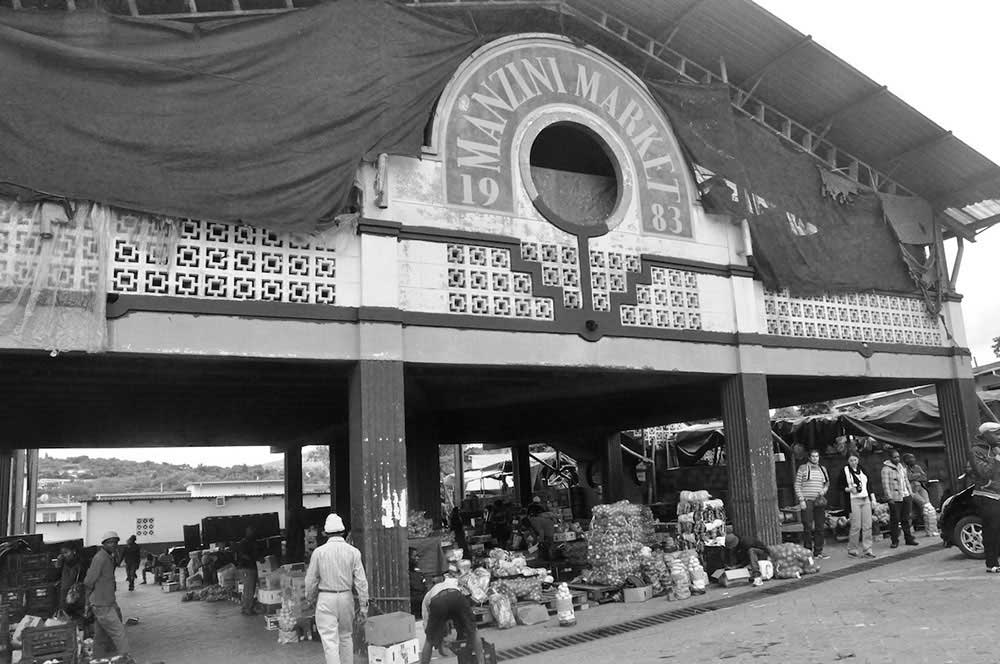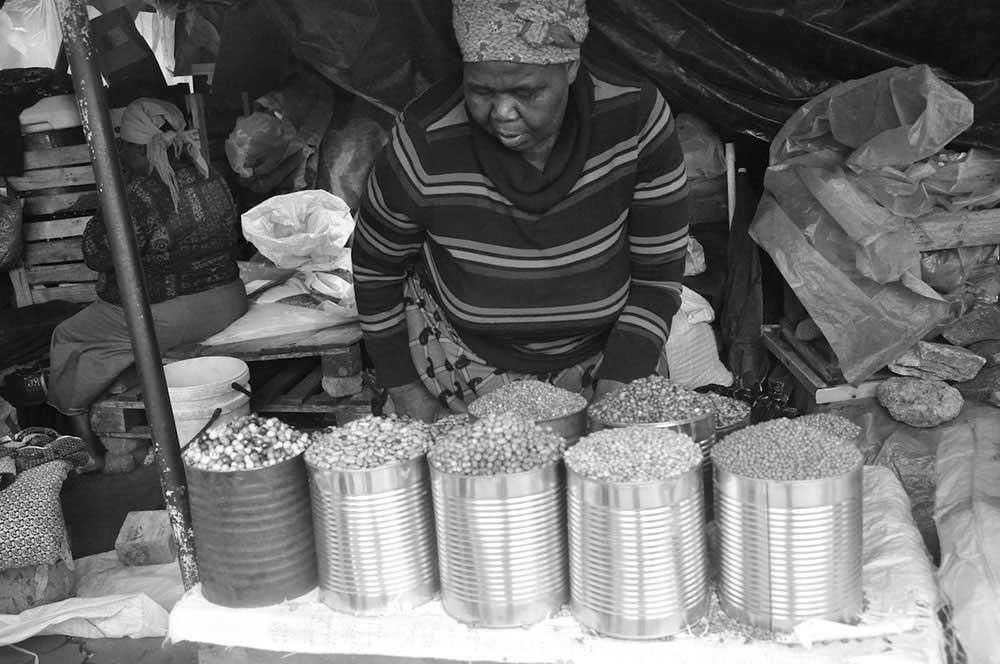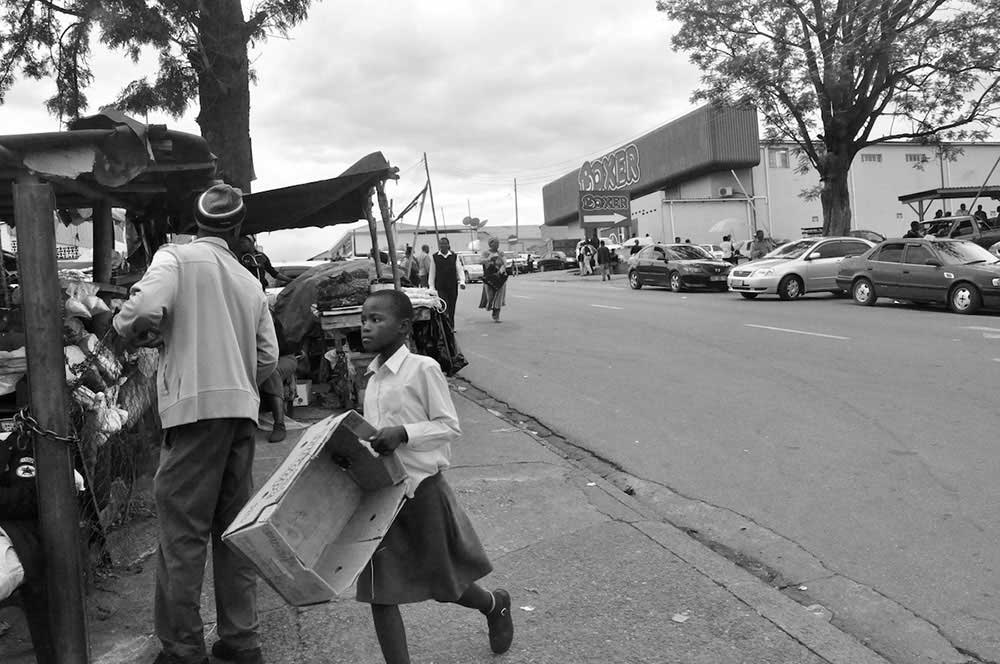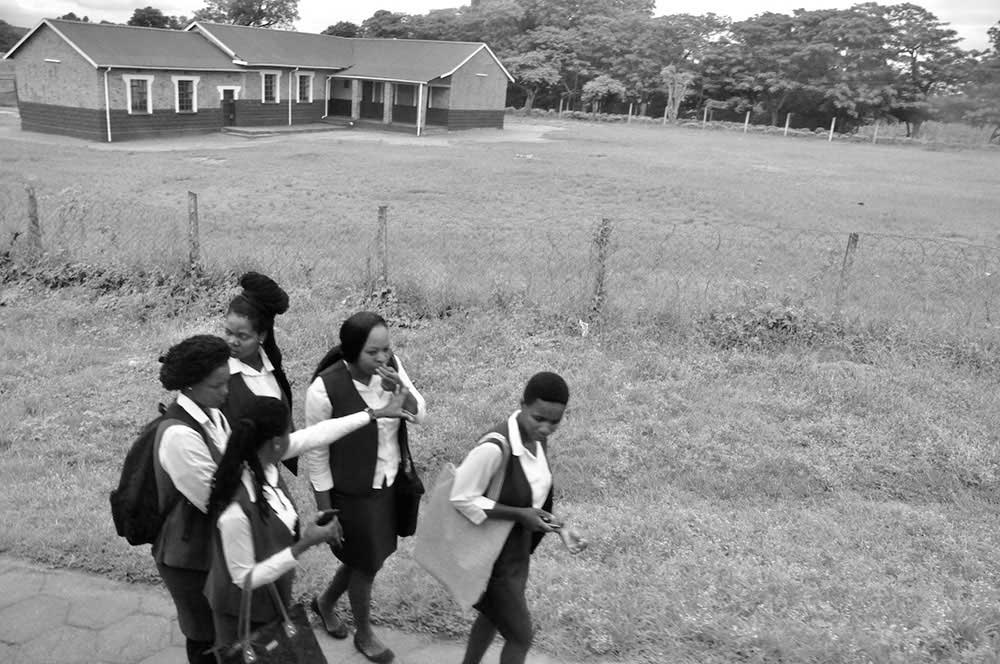I discovered one of the smallest and most intriguing countries in Southern Africa, Eswatini, as part of a 10-day tour of South Africa in early 2018.
Landlocked between South Africa and Mozambique, the tiny nation still bore its colonial era name of Kingdom of Swaziland when I visited it, but just a few weeks later, on April 19, King Mswati III announced on his 50th birthday that he was renaming the country Kingdom of Eswatini (‘land of the Swazi’ in the Swazi language) to mark the 50th anniversary of Swazi independence.
With its economic growth lagging behind that of its neighbors, major health issues (26% of the adult population is HIV-positive) and its life expectancy the 12th lowest in the world at 58 years, this developing country is also a welcoming tourist destination, with a youthful, energetic population, colorful Swazi culture, traditional royal ceremonies and spectacular landscapes with fantastic wildlife viewing opportunties.
But I chose to see ‘ordinary’ Eswatini, the daily life of its streets and countryside on any normal day: school children in uniforms, tired workers taking a nap, local market sellers and shoppers, and the little interactions takin place at the corner street vendor. The photographs in this series give us a glimpse of a region known for its self-sustaining communities and growing social entreprise: the town of Lavumisa, surrounded by sugar cane fields and bordered by the Lubombo mountains; workers from the Swazi candle-making workshop in Malkerns and the Ngwenya glassworks, which has an important social action: entrepreneurs of all ages collect glass and bring it to the glassware that pays them, a good way to combine environmental protection and social advancement; the Manzini market, whose market stalls offer fruit and vegetables, medicines and crafts; and the little villages that dot the border with South Africa for a dive into the heart of Swazi tradition, culture and joy of living.
About Florence Gallez
Florence Gallez is an independent documentary photojournalist and black-and-white photographer from Brussels, Belgium. Gallez is currently based in New York City, where in 2013 she relocated after receiving a master’s degree in Comparative Media Studies from MIT.
Gallez received a BA degree in English and Russian from the University of London in 1996, an MSc in journalism from Boston University (with additional coursework at Harvard) in 1999, and a digital media-focused MSc from MIT in 2012.
Gallez spent eight years as a Moscow-based journalist covering Russian politics, economics, and culture for The Moscow Times, the U.S. publisher Bureau of National Affairs (Bloomberg BNA), and most recently CNN’s Moscow Bureau.
In addition to her social documentary, travel photography, and independent digital media projects, Gallez has expanded her repertoire to art photography of dance performers. With a background of 12 years of ballet training prior to college, and lessons at the MIT Figure Skating Club, Gallez is currently pursuing a ballet program at New York’s Peridance Capezio Center in parallel with figure skating training at the Ice House of New Jersey. A lifelong admirer of these two performance arts forms, Gallez’s practice and personal study of their technique and artistry are reflected in her photography of professional dancers, figure skaters, and ice dancers. Gallez’s recent freelance photography assignments for The Ice Theater of New York have provided plenty of such photographic opportunities and inspiration for future ones. [Official Website]



